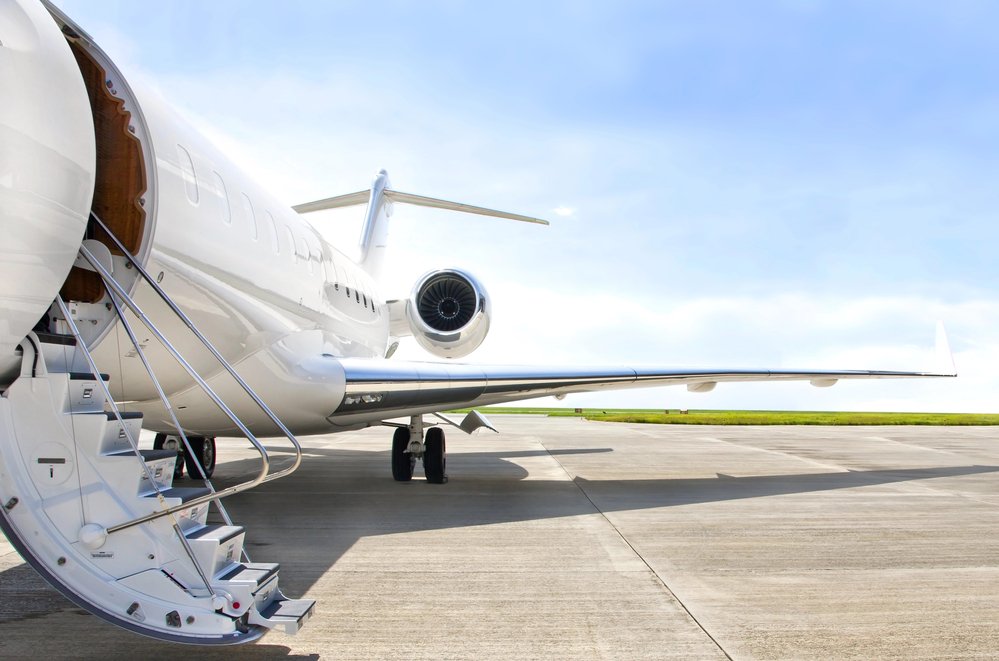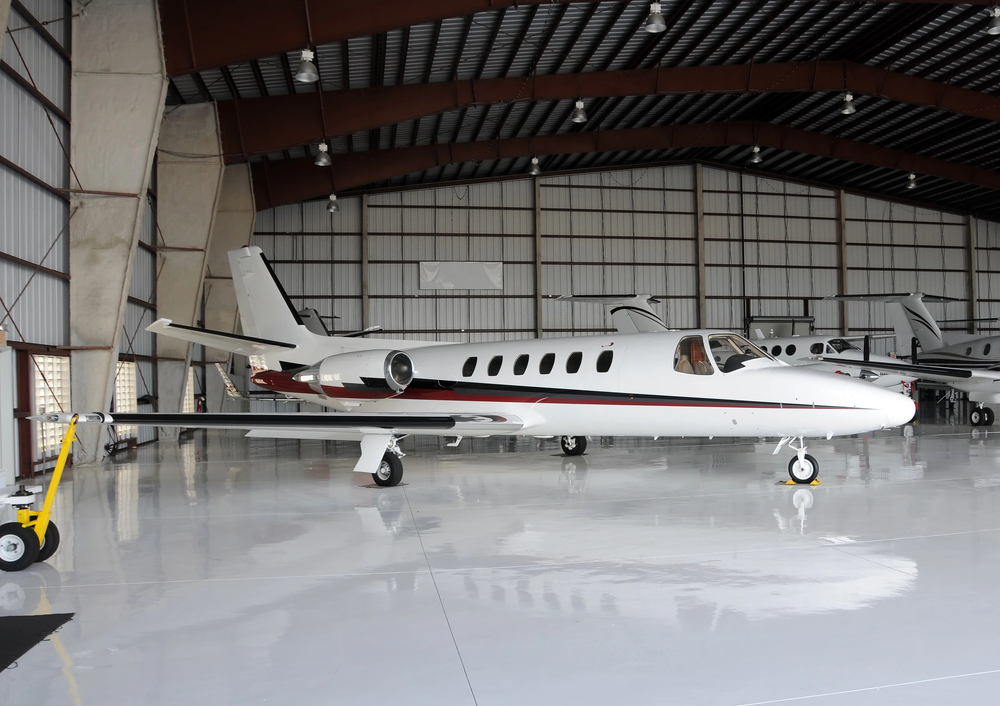Tips for Reducing Aviation Insurance Premiums
Apr 15, 2024

Aviation insurance is a crucial aspect of flight operations, providing coverage for a wide range of risks associated with aircraft ownership and operation. However, the premiums for aviation insurance can sometimes be substantial, especially for high-risk activities or aircraft. Understanding the factors that influence insurance premiums and implementing strategies to mitigate them can help aviators manage costs effectively while ensuring adequate coverage.
#1
Hire an Experienced Aviation Insurance Broker
An experienced aviation insurance broker can help navigate the complexities of aviation insurance and negotiate better rates on your behalf. They can also ensure you only pay for coverage that is necessary for your specific operations. Avion Insurance works with the top underwriters in the business and will leverage those relationships to get you the best possible prices.
#2
Shop Around
Don’t settle for the first quote you receive. Comparing offers from multiple insurance providers can help you find the most cost-effective solution for your needs. Avion Insurance can do this on your behalf to find you the best premium prices that we can.

#3
Review and Adjust Your Coverage Regularly
As your operations change, so too should your coverage. Regularly reviewing your insurance policies to adjust for new risks or to remove unnecessary coverages can keep premiums in check.
#4
Avoid Making Claims
Some insurers offer reductions in premiums for each year without a claim. Maintaining a claim-free record can significantly decrease your insurance costs over time. Keep your aircraft well-maintained and invest in pilot training to reduce the risk of having to make a claim.
#5
Improve Safety Measures
Implementing rigorous safety protocols and maintaining a strong safety record can significantly reduce premiums. This includes regular maintenance of aircraft, ongoing pilot training, and adhering to safety regulations. Installing safety equipment such as terrain awareness and warning systems (TAWS), traffic collision avoidance systems (TCAS), and enhanced avionics can reduce the risk of accidents and qualify you for premium discounts.
#6
Invest in Pilot Training and Experience
Insurers often consider the experience and training of pilots when determining premiums. Pilots with extensive experience and advanced certifications may qualify for lower rates. Encouraging and supporting additional training for pilots, such as obtaining advanced certifications, can be beneficial.

#7
Choose the Right Aircraft
The type of aircraft you operate affects insurance costs. Newer and safer aircraft models, or those with a good track record for safety and reliability, might attract lower premiums. Insurance premiums are often based on the size and cost of the aircraft, so it’s important to choose the one that’s the right size for your needs so you’re not paying for more aircraft than you have to.

#8
Keep Up on Aircraft Maintenance
Regular maintenance and inspections are not only essential for safe operation, but they can also impact insurance premiums. Keeping detailed records of maintenance activities and adhering to manufacturer-recommended maintenance schedules can demonstrate diligent upkeep, potentially leading to lower premiums.

#9
Store Your Aircraft in a Hangar
Storing your aircraft in a hangar is a great way to help reduce the risk of claims. The hangar can offer protection from the weather and other problems that could cause damage to your aircraft. While hangaring may cost more, it is typically worth the expense to avoid making claims and having to repair your aircraft.

#10
Implement a Risk Management Program
Implement a comprehensive risk management program that includes regular risk assessments and mitigation strategies. This can reduce the likelihood of incidents that lead to claims and demonstrate to insurers that your operations are low risk.
#11
Consolidate Insurance Premiums
If you operate multiple aircraft or have various aviation-related insurances, consolidating them under one insurer can lead to discounts through bulk rates. A policy like a combined single limit policy can combine both public liability and passenger liability insurance into one policy.
#12
Consider Higher Deductibles
Opting for higher deductibles can lower your insurance premiums because it reduces the insurer’s risk. However, ensure that you can afford to pay the higher deductible in case of a claim.
#13
Choose the Right Coverage Limits
Lastly, selecting appropriate coverage limits that align with your needs and risk profile can help avoid overpaying for unnecessary coverage. It helps to conduct a thorough risk assessment with your insurance provider to help determine the optimal coverage levels for your specific circumstances.
For informational purposes only.

